Smartwatch buying guide: 8 things you should consider before buying one
Buying a smartwatch can get a little tricky, especially with the plethora of budget options available in the market today. While that might sound good for consumers on a tight budget, there is more than what meets the eye. To make things easier, we have simplified the process and listed some key points that you should consider before buying a new smartwatch.
Ecosystem
The most important factor that you should consider while buying a smartwatch is the ecosystem. If you own an iPhone, then it is probably best to get an Apple Watch. The reason for that is pretty simple – you get the best compatibility as it is made for the Apple ecosystem, and every single feature will work as intended. There are a few third-party smartwatches that can be used with an iPhone, and surprisingly work well when paired with their dedicated apps, but nothing can compare with the seamless experience that is delivered by the Apple Watch.
On the other hand, if you have an Android smartphone, there are multiple options. First of all, we have Wear OS, which is Google’s own dedicated platform for smartwatches. While earlier iterations of Wear OS have had their problems, the newest version is far more stable and dare we say, ‘usable’ in every aspect. If you are interested in buying a Wear OS-based smartwatch, we suggest that you double-check whether it can be updated to Wear OS 3.0 as a large number of existing products do not make the cut. Then we have Samsung with its Galaxy Watch series that has been running on its own Tizen-based software. However, the recently launched Galaxy Watch4 series now comes with a forked version of Wear OS 3.0 with some bits of Tizen baked in. It is currently the only Wear OS 3.0 based smartwatch that you can buy, and also the best smartwatch for Android users.
Lastly, there are numerous budget-focused smartwatches. These are from brands like OnePlus, Xiaomi, Huawei, Realme, Amazfit, and some local brands like Boat, Noise, and so on. While some of these are not bad in terms of design and features, it is the ecosystem where they fail to impress. Sure, they will do all the basics like tracking your health, delivering notifications, receiving calls, and much more. But they do have certain caveats which may hamper your experience, especially when it comes to third-party app support.
Design and build
Primarily you are going to find two dial options while buying a smartwatch – a traditional round one or a square or rectangular one. There is no better option here and it is entirely up to the consumer to decide based on their preferences. Personally, I love a round dial, but a square or rectangular dial can offer slightly more screen real estate.
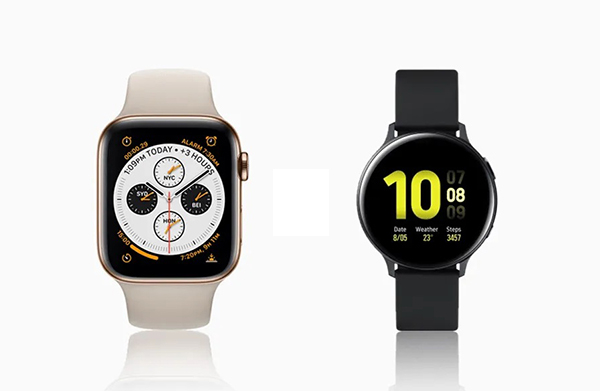
When it comes to the build, cheaper smartwatches rarely offer materials like high-quality leather for the straps or metal for the casing. They usually have a plastic finish with silicone straps that don’t usually last very long. The more money you pay, the more premium build quality you can expect, and this goes much deeper than you think. There is bound to be a difference between a smartwatch that offers just a metal casing compared to Stainless Steel or Aluminum. Similarly, there are different qualities of leather, protective glass, plastics, and so on. Since these smartwatches are meant for everyday use, most brands offer rugged protection. While some have a very solid build of their own that can take on minor knocks and bumps, others offer IP certification ensuring that they can withstand dust and water. Make sure you look out for these ratings before buying a smartwatch if you are planning to buy one for tracking sports activities, especially swimming.
Display
It is very important to consider the quality and capabilities of the display. Like smartphones, the display is a core component of any smartwatch as it shows you all the information as well as lets you interact with the watch itself. Thus, it is recommended to choose a smartwatch with a good display that can work well indoors as well as outdoors, especially under direct sunlight. Make sure it has high-quality protective glass and a responsive touch system. The latter is extremely important and worth considering as a poor touch response can completely hamper the user experience.
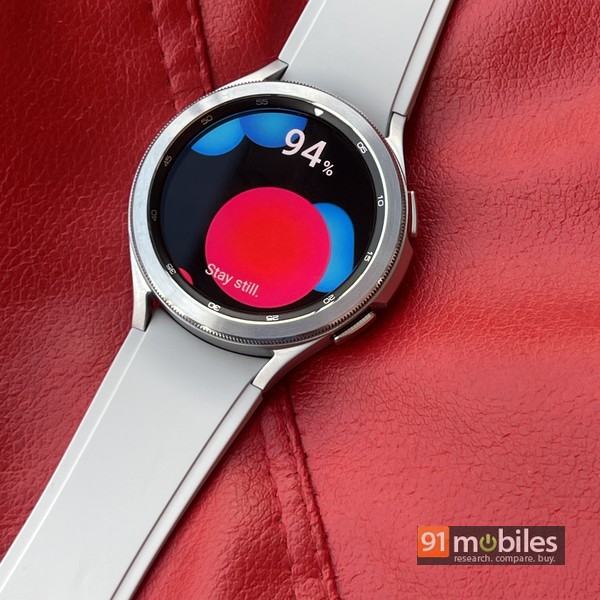
Apart from the above, one should also check the type of display panel that has been used. An AMOLED display is usually superior compared to an LCD as it offers better contrast, colours, as well as better power efficiency.
Battery
One of the biggest pain points of owning a smartwatch is battery life. Since they are tiny little smartphones for our wrists, smartwatches offer limited battery life. Feature-rich smartwatches with features like built-in GPS, cellular support, continuous heart rate tracking, and other biometric sensors, usually need to be charged overnight, essentially offering you a day’s worth of charge. One can however stretch that to more than a day by disabling these features. Mid-range and budget smartwatches tend to offer longer battery life with some models claimed to stay up for multiple days. These watches compromise on high-end features thus are not the most advanced options on the market.
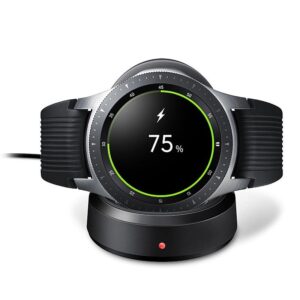
In terms of charging, most smartwatches come with their own cradles or docks. In rare cases, you might find models that support Qi wireless charging, which is a universal standard allowing you to buy third-party chargers in case you end up losing or damaging the bundled charging unit.
App support
This is something that is often overlooked when considering a good smartwatch. Apple’s WatchOS and Google’s Wear OS both support a wide range of third-party apps, with some that can be installed on the watch itself using their dedicated app stores. Essentially apps can directly run on the watch, rather than relying on a paired smartphone to push notifications.
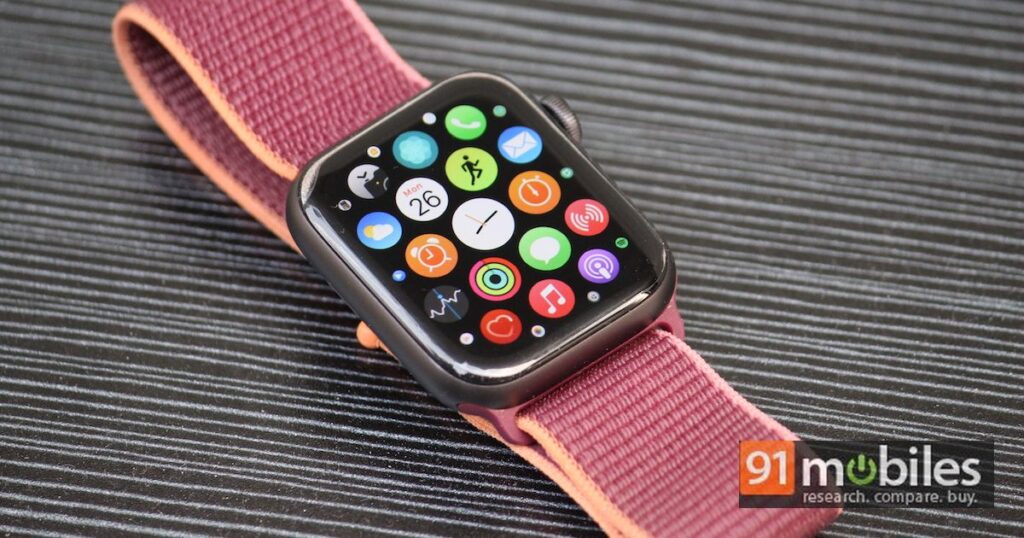
Beyond these two, there is no smartwatch platform that offers an app store that can be deemed reliable, thus limiting quite a few features. In fact, this is also one of the biggest reasons for cheaper smartwatches not having the ability to add new watch faces, unless the OEM pushes a firmware update.
Connectivity
Most common smartwatches today offer connectivity features such as Bluetooth, Wi-Fi, and built-in GPS. Some of the expensive ones also offer optional cellular LTE connectivity, wherein you can configure an eSIM in parallel with your original SIM card. A smartwatch with both GPS and cellular connectivity gives you the ability to use it without being connected to a smartphone. This allows you to go for walks and runs, make phone calls or navigate using the built-in GPS using the smartwatch rather than relying on the smartphone. Of course, these features do take a toll on the battery.
Health tracking
One of the primary features offered by smartwatches today is the ability to track your health. Step count is a very common feature where you can keep a track of how many steps you’ve taken thereby calculating the amount of workout you did. With improvements in technology, health tracking on smartwatches has gone way beyond just counting steps. Features like ECG heart-rate monitoring, SpO2 meter, activity tracking, sports tracking and many more are now available on a variety of smartwatches.
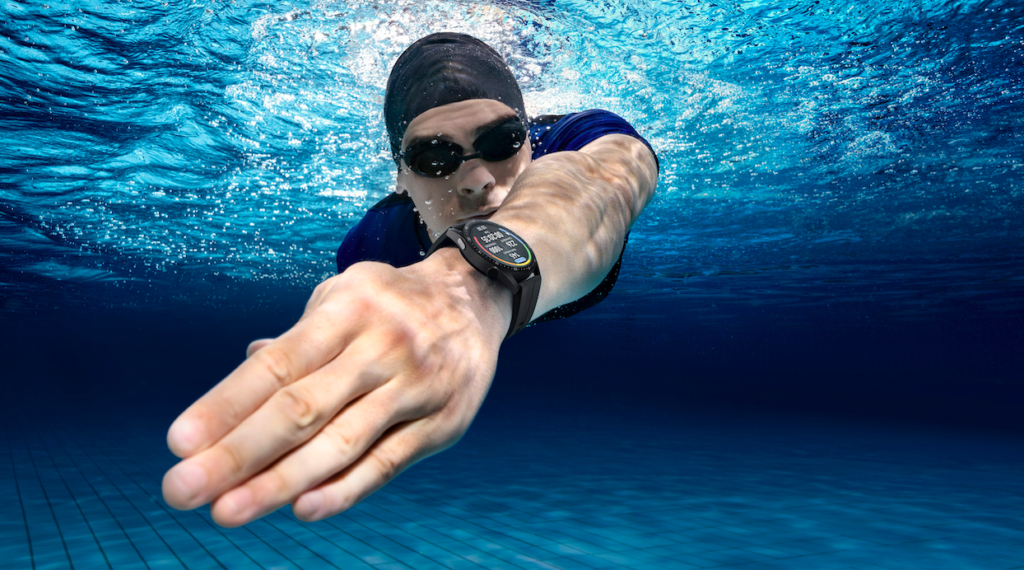
Brands like Amazfit and Garmin offer some of the best health features, while Apple takes charge in heart monitoring with the Apple Watch reportedly saving quite a few lives by alerting users of potential heart attacks. If you take your health seriously, go for a smartwatch that offers detailed health monitoring features alongside activity and sports tracking.
Price
A premium smartwatch is more expensive for a reason. Apart from offering top-of-the-line build quality and design, it also offers the most advanced technology features, something that budget smartwatches cannot live up to. Now, this doesn’t mean that a cheap smartwatch is going to lack basic functionality. In fact, most affordable models today have managed to cram in a lot of features that were impossible to have a few years ago.
The most premium smartwatches offered in India are available from Apple, Garmin, and Samsung. As you lower your budget, you can find various options from Fossil, Amazfit, OnePlus, Xiaomi, and many more. While we wouldn’t really recommend going for the ultra-low-budget smartwatches priced under Rs 5,000, they are more or less similar to fitness bands only with a larger screen. Similarly do not buy something overly expensive, like an Apple Watch, just because everyone is buying it. Understand the features, look at your requirements, set a budget, and then choose the right smartwatch.
Speaking of which, make sure you go through our list of the best smartwatches for 2022 to find your next smartwatch.
For all the latest Technology News Click Here
For the latest news and updates, follow us on Google News.
